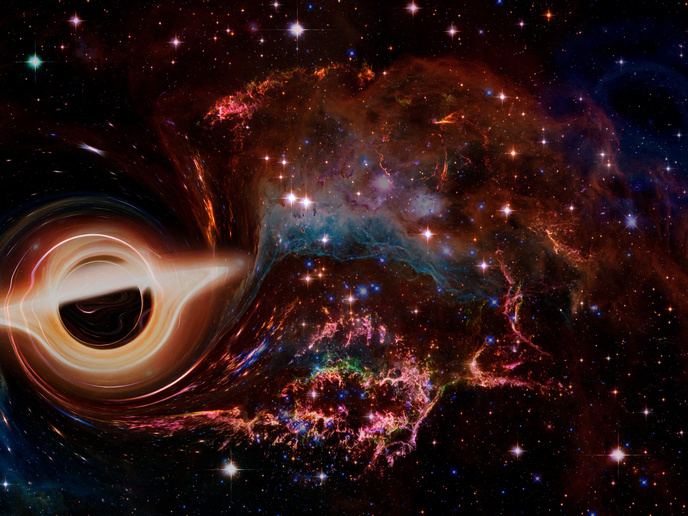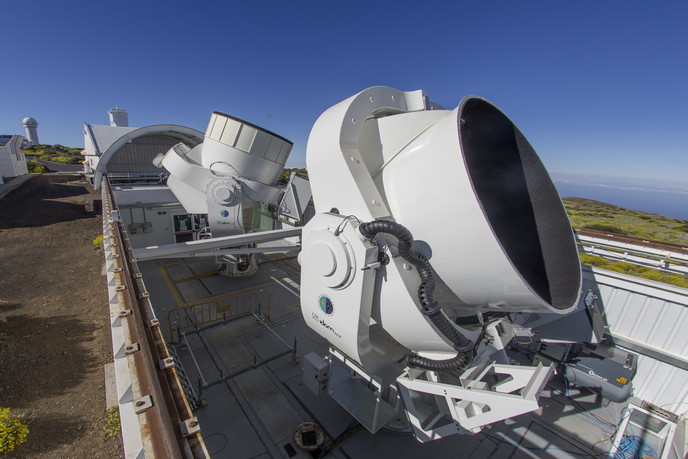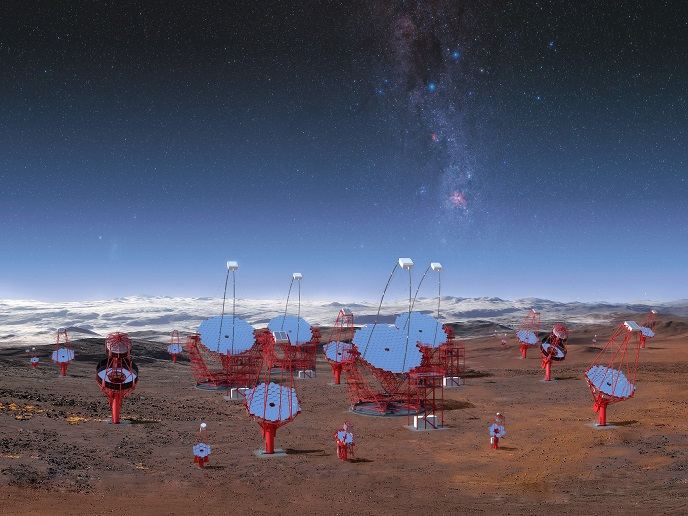How hidden symmetries and feeble interactions shape neutrinos and dark matter
With the support of the Marie Skłodowska-Curie Actions programme, the HIDDeN(opens in new window) project sought to uncover how nature operates at its most fundamental level. The research focused on the universe’s invisible building blocks – neutrinos and dark matter and on uncovering hidden (a)symmetries governing these particles. “HIDDeN’s ultimate mission was to uncover hidden aspects of the universe – why neutrinos have mass, what dark matter is and the imbalance between baryons (matter) and antibaryons (antimatter). These discoveries could build a new, expanded version of the standard model,” notes project coordinator Silvia Pascoli.
Neutrinos’ role in cosmic puzzles
HIDDeN contributed significantly to the global effort of studying how neutrinos might connect to new physics. It contributed to key experiments studying neutrino masses, how they change type (mixing) and differences between neutrinos and antineutrinos (CP violation) – factors that might explain why the universe has more matter than antimatter. Also playing a central role in neutrinoless double-beta decay searches, HIDDeN aimed to show whether neutrinos are their own antiparticles. “If proven, this would break a fundamental rule called lepton number conservation and help researchers understand how neutrinos get their mass,” explains Pascoli. “We explored extensions of the standard model to accommodate neutrino masses, focusing on hidden symmetries and connections to other open problems in physics, states Pascoli. “Furthermore, we analysed experimental data to refine constraints on neutrino oscillation parameters, providing new insights into neutrino masses and mixing.” The team also updated constraints on heavy and very light sterile neutrinos, investigating how neutrinos could act as a portal to dark sector physics.
Emerging dark matter candidates
HIDDeN also made significant strides in the search for dark matter. Direct searches for this undetectable mass through ordinary means are entering a new era with the development of ton-scale xenon detectors, where HIDDeN played a leading role. “While weakly interacting massive particles (WIMPs) were once the primary focus, stringent experimental constraints have shifted attention to other dark matter candidates across a range of mass scales,” outlines Pascoli. “Axion dark matter, for instance, is gaining interest, with new experiments expected to significantly improve sensitivity.” Furthermore, models involving hidden interactions or ‘freeze-in ’ dark matter, which rely on extremely feeble interactions, are being actively explored. “We proposed novel explanations for dark matter abundance using axions and advanced effective field theory for axion-like particles to enable better experimental data interpretation and new signal identification,” adds Pascoli. The researchers also investigated whether interactions of feebly interacting massive particles (FIMPs) could have a gravitational origin and refined constraints on WIMP-like dark matter models.
Collider searches for hidden particles
HIDDeN expanded its focus to particle collider searches, targeting new physics linked to neutrino masses, the strong CP problem and dark matter. The team optimised analyses to detect FIMPs below the TeV scale, which are often missed owing to their long lifetimes and subtle signals. Displaced signal searches were also investigated, while lighter FIMP candidates including axions, dark photons and heavy sterile neutrinos were also explored through astrophysical and cosmological observations. “Colliders are vital for probing high-scale physics. Effective field theory tools like SMEFT help analyse deviations from the standard model, such as flavour anomalies, while colliders can directly produce FIMPs at lower scales. HIDDeN advanced both theoretical and experimental approaches to uncover these elusive particles,” concludes Pascoli.







